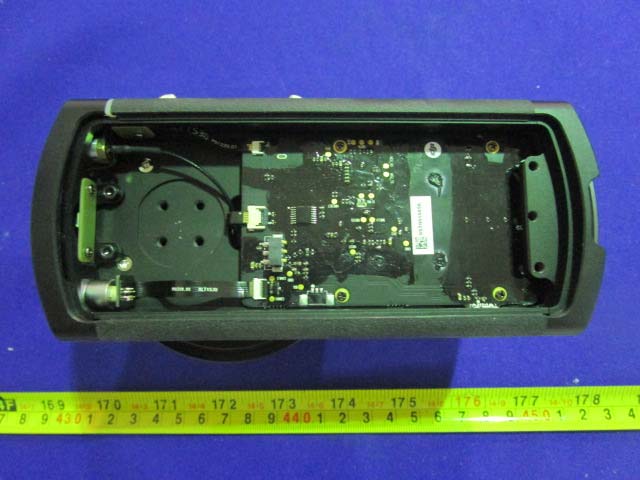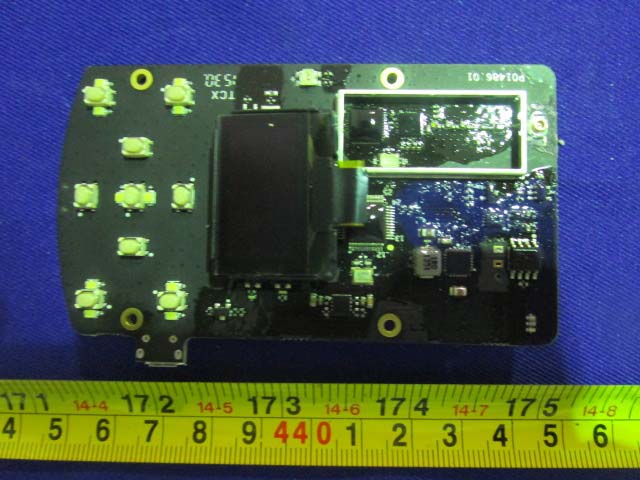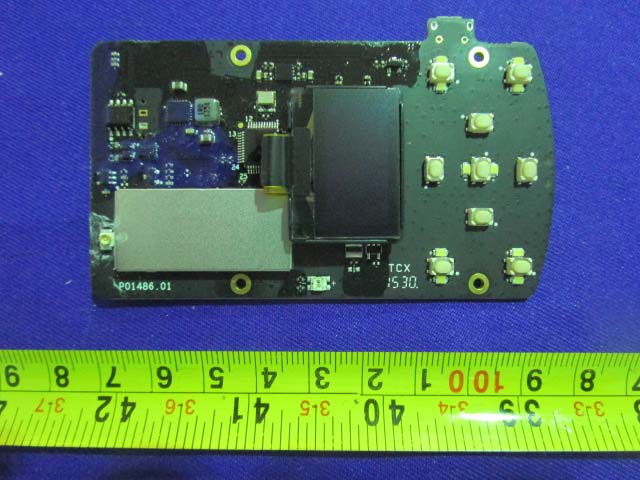Unveiling the DJI FOCUS by SZ DJI TECHNOLOGY: An In-Depth Analysis of FCC ID SS3-FTX11509
Introduction
The DJI FOCUS, developed by SZ DJI TECHNOLOGY, represents a leap in precision control technology, designed to meet the demanding needs of professional filmmakers and photographers. This device, identified by the FCC ID SS3-FTX11509, signifies compliance with stringent U.S. regulatory standards, ensuring its legality for sale and operation within the United States. Although no specific grant date is associated with this FCC ID, its certification underscores the device’s adherence to RF emission standards. In this article, we delve into the DJI FOCUS’s key features, technical specifications, operating frequencies, and internal components, offering a comprehensive teardown analysis. Our exploration will also touch on regulatory insights and potential use cases for this sophisticated device.
Key Features & Specifications
The DJI FOCUS system is engineered for seamless integration into professional filming setups, providing unparalleled control over camera focus with precision and reliability. Below are the key features and technical specifications of this device:
- Precision Control: Offers smooth and precise focus adjustments, essential for capturing high-quality cinematic footage.
- Wireless Connectivity: Utilizes RF technology to communicate with compatible DJI devices, ensuring reliable performance in various environments.
- Compact Design: Lightweight and portable, making it ideal for on-the-go shooting scenarios.
- Battery Life: Designed for extended use, minimizing downtime during shoots.
Unfortunately, detailed official specifications are sparse. However, users can typically expect a robust build quality and user-friendly interface from DJI products, aligning with industry standards for professional camera accessories.
Operating Frequencies
The DJI FOCUS operates on specific frequency bands as detailed in its FCC filing:
| Frequency Range (GHz) | Output Power (mW) | FCC Rule Part |
|---|---|---|
| 2.415-2.473 | 13 | 15C1 |
These frequencies are crucial for understanding the device’s wireless capabilities, including range and regulatory compliance. Operating within this band, the DJI FOCUS likely employs technologies like Bluetooth or proprietary RF communication for seamless control.
Technology Deep Dive
Although the specific wireless technologies employed by the DJI FOCUS are not explicitly detailed, operating within the 2.415-2.473 GHz frequency range suggests the use of Bluetooth or similar RF communication technologies. These frequencies are commonly used for short-range, low-power wireless communications, offering a balance between performance and energy efficiency. This enables the device to maintain a reliable connection with minimal interference, crucial for precise focus adjustments in dynamic environments.
In-Depth Internal Component Analysis / Teardown
The internal components of the DJI FOCUS reveal a meticulously engineered device, emphasizing integration and performance.
- The first image showcases a multi-layer PCB, likely 4 to 6 layers, indicative of a high-density design with a focus on signal integrity. The board features numerous small ICs, possibly for logic and RF functions, alongside a micro USB connector for power or data transfer. The absence of visible antennas suggests external connectivity. The design reflects a modular approach, allowing for various attachments and expansions.

- The second image highlights a PCB with several ICs, including a likely microcontroller for processing tasks. The presence of metal shielding over certain sections indicates a focus on EMI/RFI protection. A visible coaxial cable suggests external antenna connections for enhanced RF communication. The robust build quality and modular design align with the DJI FOCUS’s requirements for wireless communication and control.

- In the third image, the PCB features several ICs and a visible ribbon cable connector, likely facilitating connections to other device components. The presence of metal shielding over part of the PCB underscores the importance of protecting sensitive RF components. The board’s layout suggests a sophisticated design, balancing performance with compactness, typical of high-performance electronics.

- The final image reveals a PCB with ICs covered by metal shields, likely housing critical RF or processing units. The presence of multiple buttons suggests user interaction capabilities, possibly for control or configuration purposes. The design emphasizes separation between analog and digital components, maintaining performance integrity.

Regulatory Insights & FCC Filing
FCC ID SS3-FTX11509 signifies that the DJI FOCUS complies with U.S. electromagnetic interference standards, ensuring its legality for sale and use within the country. The lack of a specific grant date does not diminish its compliance status, as registered by FCC.gov. Typically, FCC filings include critical information such as RF exposure test reports, electromagnetic compatibility (EMC) assessments, internal and external photographs, user manuals, and schematics. These documents offer insights into the device’s design, performance, and regulatory adherence.
Potential Use Cases & Target Audience
While the DJI FOCUS does not specify a target audience, its features and technology suggest several practical applications:
- Professional Filmmakers: Ideal for capturing cinematic footage with precise focus control, enhancing the quality of visual storytelling.
- Photographers: Enables seamless integration with camera systems, offering fine-tuned focus adjustments for still photography.
- Aerial Videographers: Suitable for use with drones, providing remote focus control for aerial shots, expanding creative possibilities.
Conclusion
The DJI FOCUS by SZ DJI TECHNOLOGY, with FCC ID SS3-FTX11509, stands as a testament to innovation in precision control technology. Its FCC certification ensures compliance with regulatory standards, affirming its place in the market as a reliable tool for professionals. With its sophisticated design and robust capabilities, the DJI FOCUS is poised to meet the demands of filmmakers and photographers seeking precision and reliability in their creative endeavors.